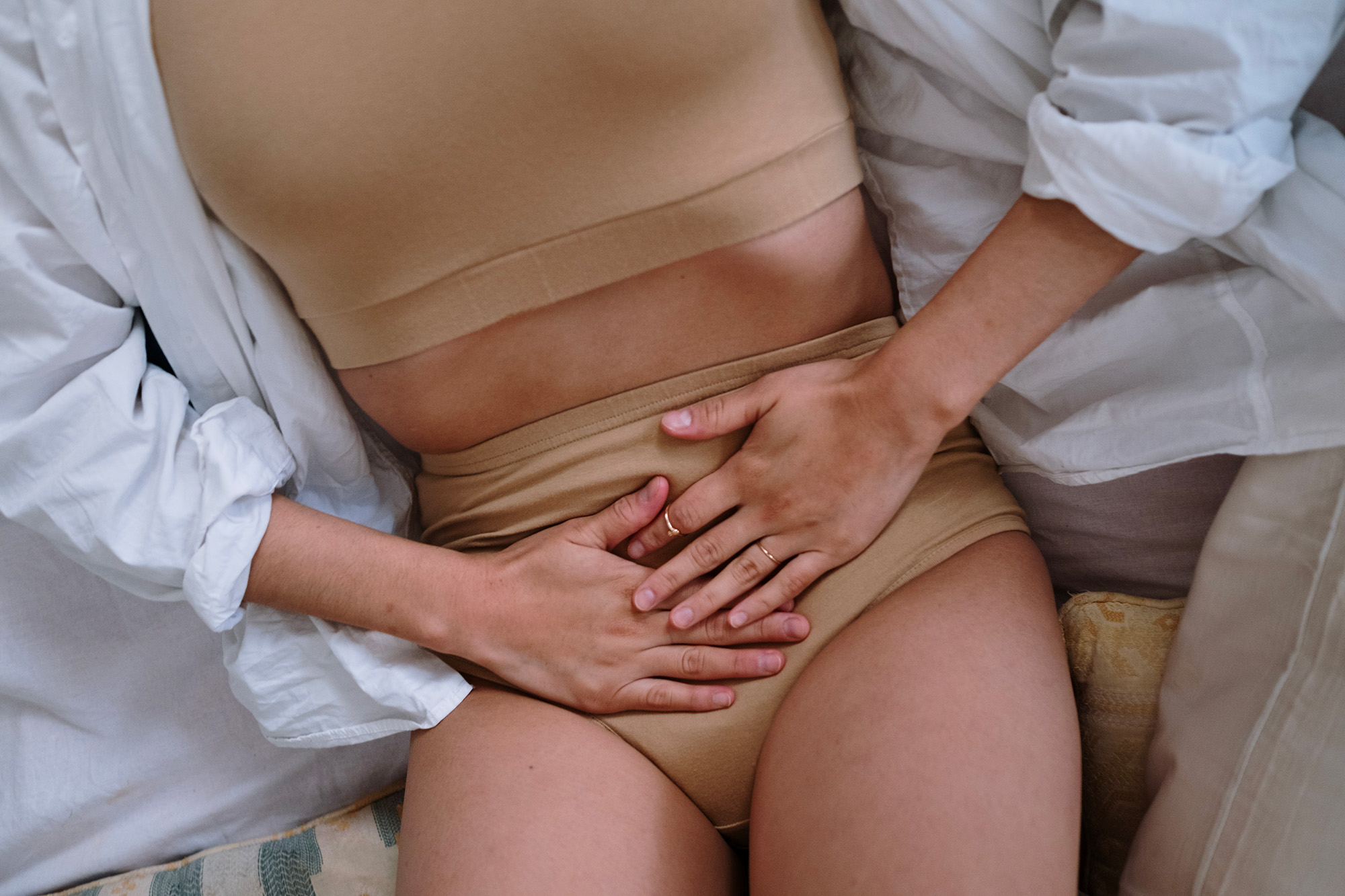Vaginal microbiome
Discomfort in your MicroWomb
What happens to the vaginal microbiome during dysbiosis and how does it affect our overall wellbeing...
The Micro-World of My Womb
The often ignored power of the vaginal microbiome in a woman’s life. Take a peek at the party downs...
The Game of Thrones of the Vaginal Microbiome
How does a healthy vaginal microbiome make us stronger, and why are we more susceptible to dysbiosis...



